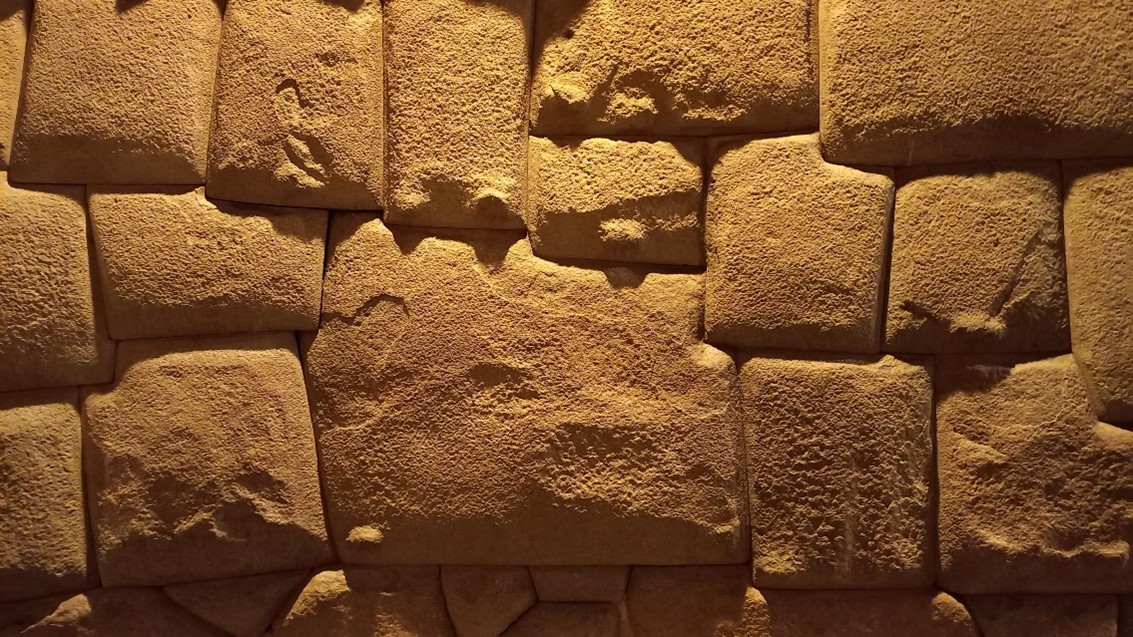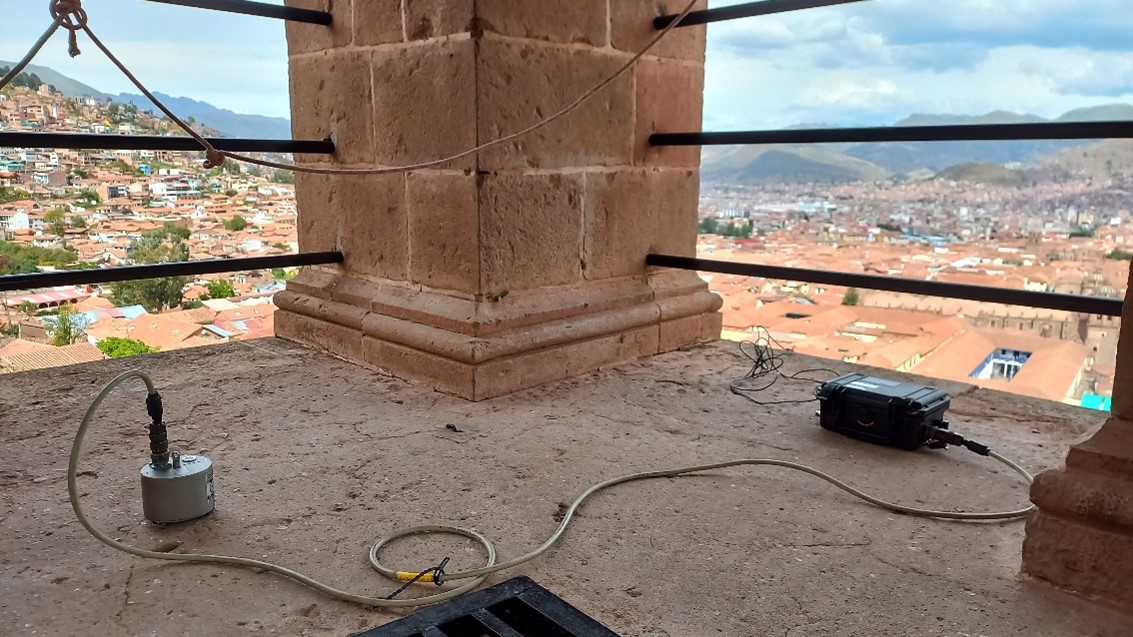Academy of Excellence "Space, Environment, Risk and Resilience"
Ambient vibration testing and vulnerability assessment of Inca and colonial buildings in the city of Cusco, Peru
Understanding and protecting the Peruvian built heritage using non-invasive passive seismic methods and remote sensing tools.
Academy 3 highlight
The objective of the project is to better assess seismic risks in Cusco and determine the significance of this research for the resilience of growing cities such as Cusco, which contributes to a better understanding of “natural hazards and their impact on cities and societies.”
The project
We proposed to carry out the first diagnosis and assessment of the vulnerability of Inca and colonial buildings in the city of Cusco, listed as a UNESCO World Heritage site since 1983, by implementing both an architectural analysis and an ambient vibration-based survey. While the in-situ inspection of the buildings involves detailed documentation of the architecture (e.g., photogrammetry) and a damage/repairs survey (construction history), the ambient vibration tests provide relevant data about the dynamic response of the structures and their structural health. The research also includes soil/rock response tests to understand the main characteristics of the superficial geological layers of the Cusco Basin and identify potential amplification phenomena of the seismic waves (site effects). By combining several disciplines that have contributed to the study of past earthquakes (architecture, tectonics, seismic engineering), this interdisciplinary project aims to investigate the seismic behavior of different types of historical structures in Cusco and their relative vulnerability to earthquakes. The overall objective is to enhance the preservation strategies of the Andean cultural heritage and update regional and national Disaster Risk Management plans.


The +
In this project, low-cost but powerful three-component seismographs will be installed for the first time and over the long term in heritage buildings in Cusco. The experiment will provide unprecedented information about the main factors affecting the dynamic response of local historical masonry.
What’s next?
Project information
|
Scientific domain
Earth Sciences, Archaeology, Seismic Risks |
Key words Ambient vibrations Architectural analysis Seismic vulnerability Structural health monitoring Peruvian heritage |
|
Total budget
€13,600, including €6,300 from Academy 3
|
Students involved
/ |
| Partners
Géoazur – Université Côte d’Azur, CNRS, OCA, IRD |
Project members Andy Combey Diego Mercerat Carlos Benavente |
Scientific promotion of the project
Conference:
- World Conference on Earthquake Engineering (WCEE), June 2024, Abstract submitted: “A first large ambient vibration-based survey of Inca and colonial buildings in Cusco, Peru”
Publication submitted for review:
- Combey et al., Characterizing the seismic response and basin structure of Cusco (Peru). Implications for the seismic hazard assessment of a World Heritage Site, submitted to Natural Hazards. Preprint: https://www.researchsquare.com/article/rs-3859742/v1


















